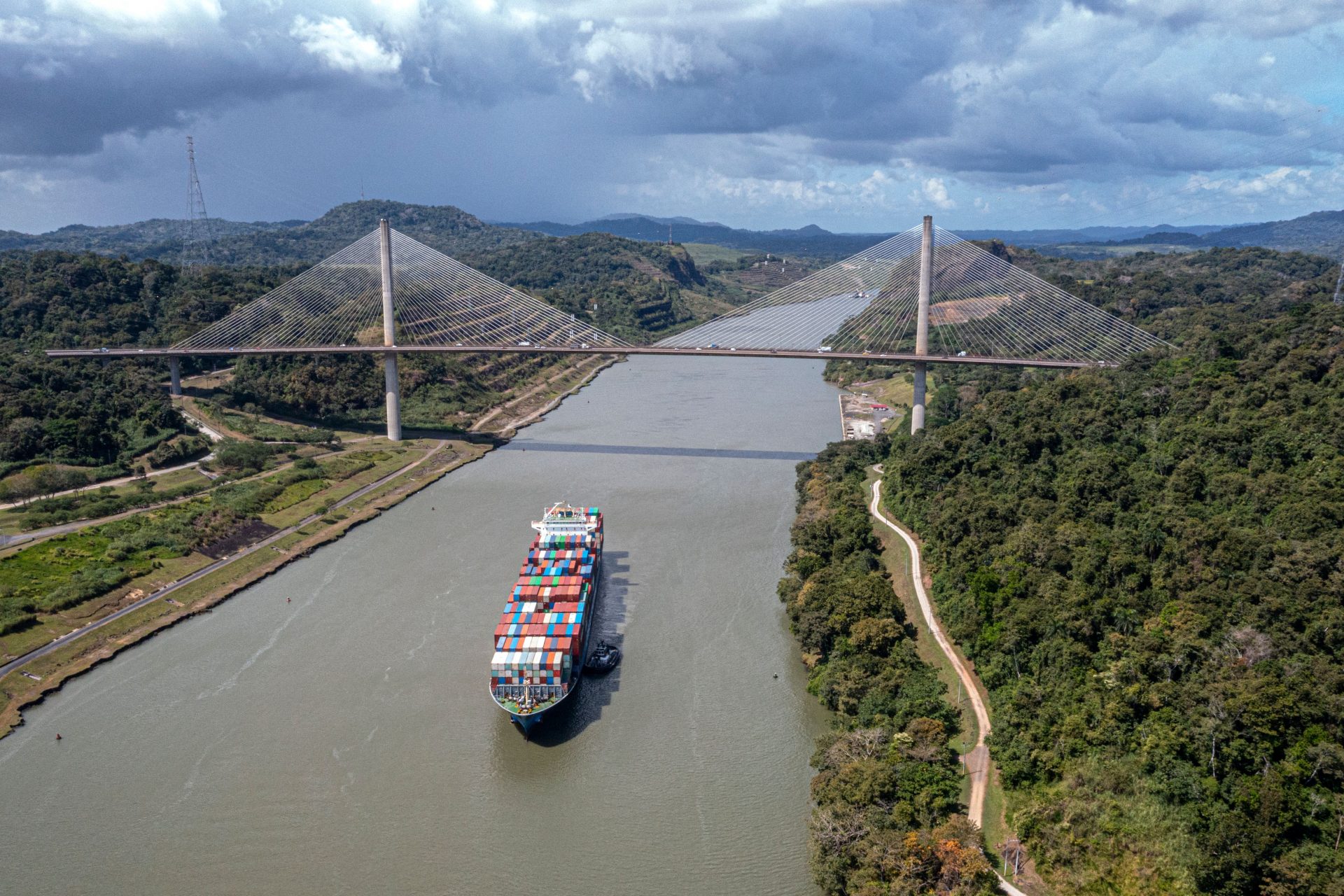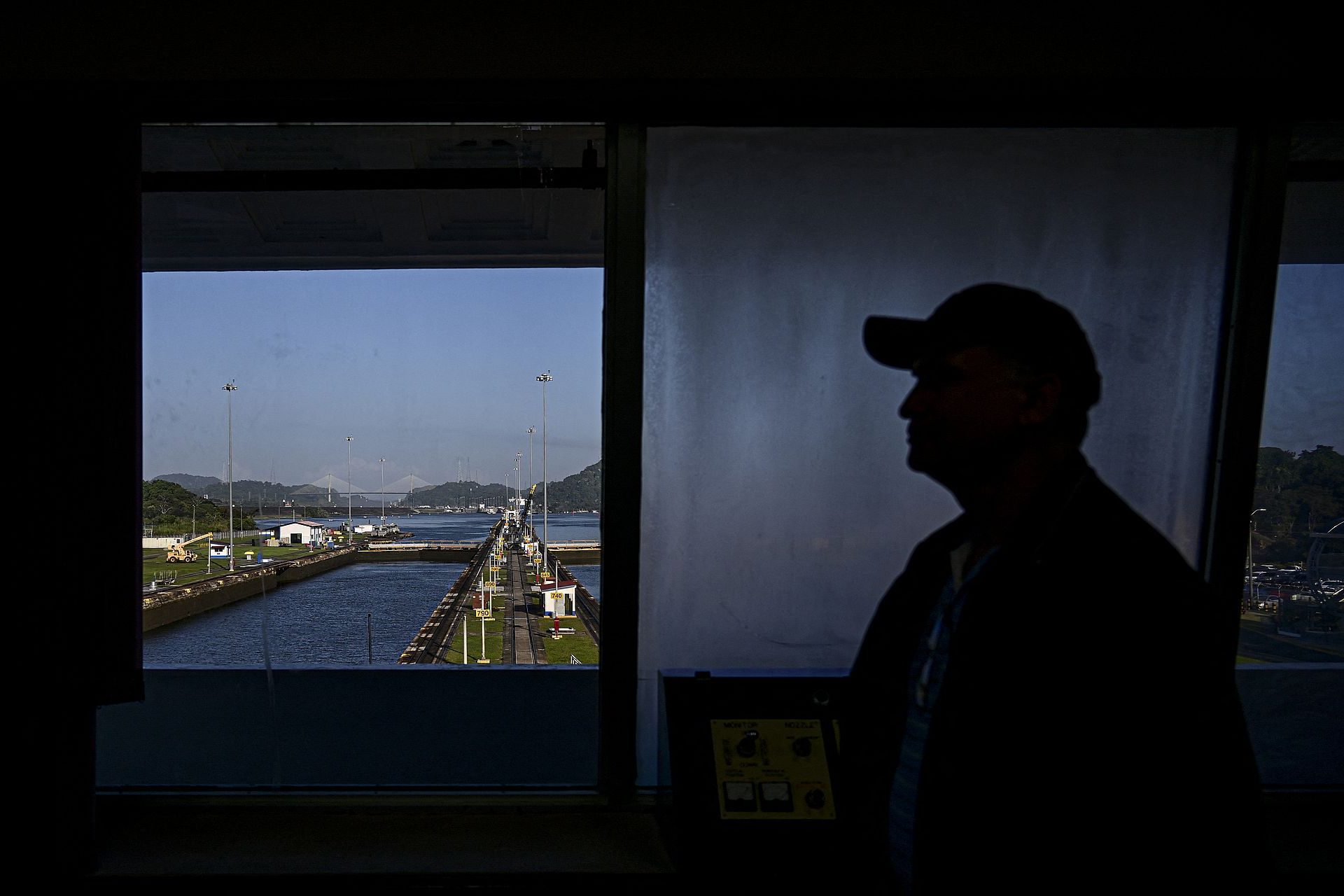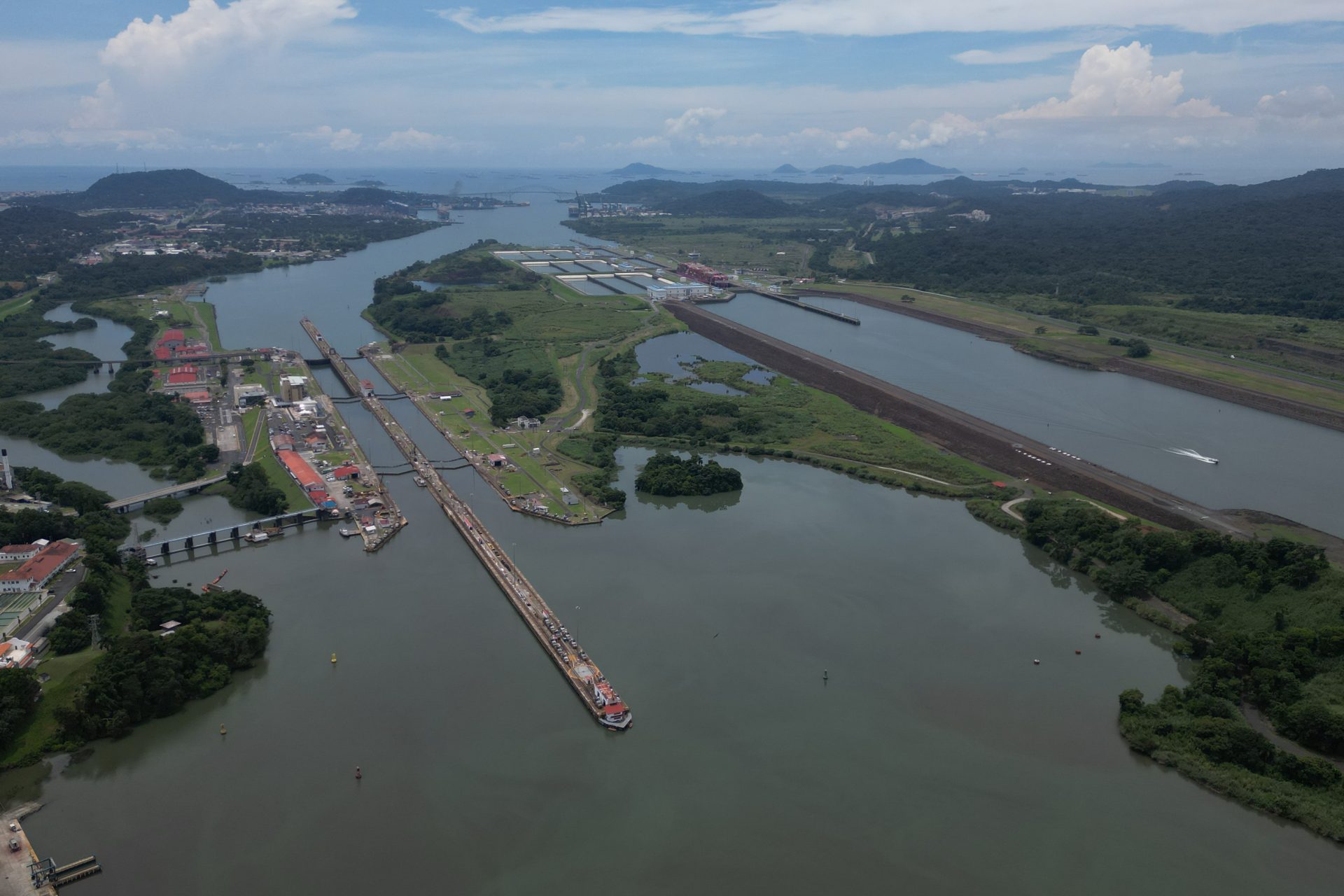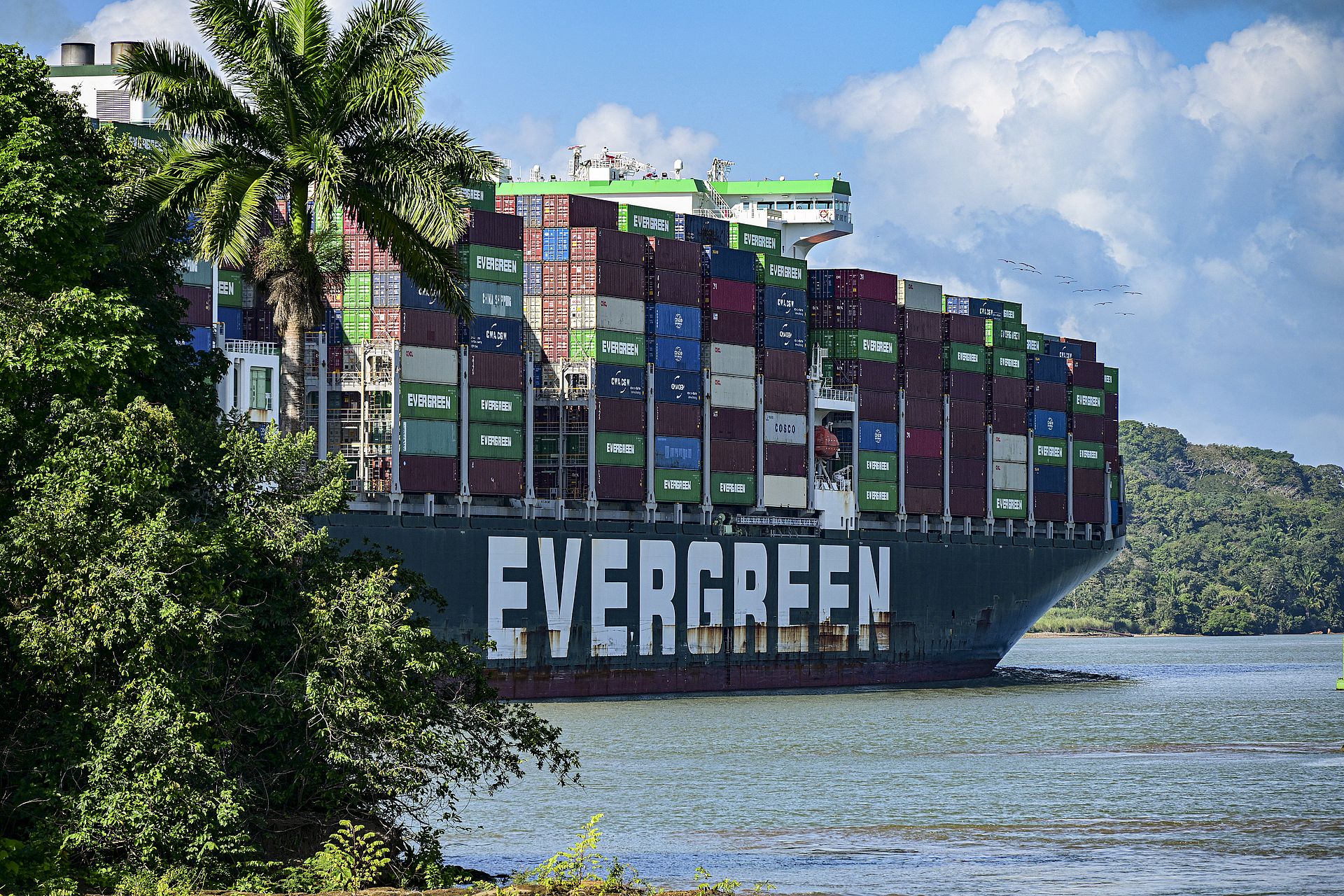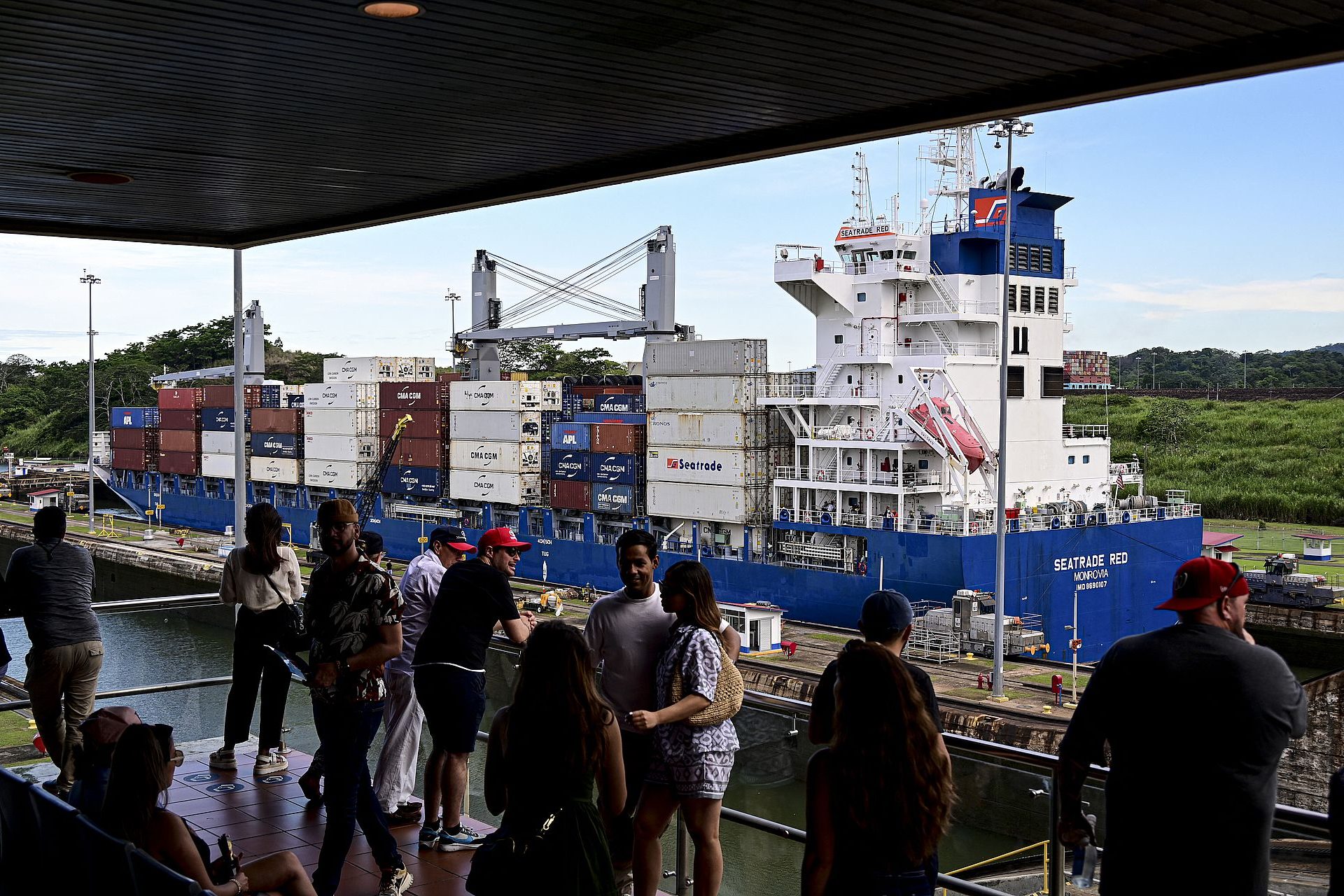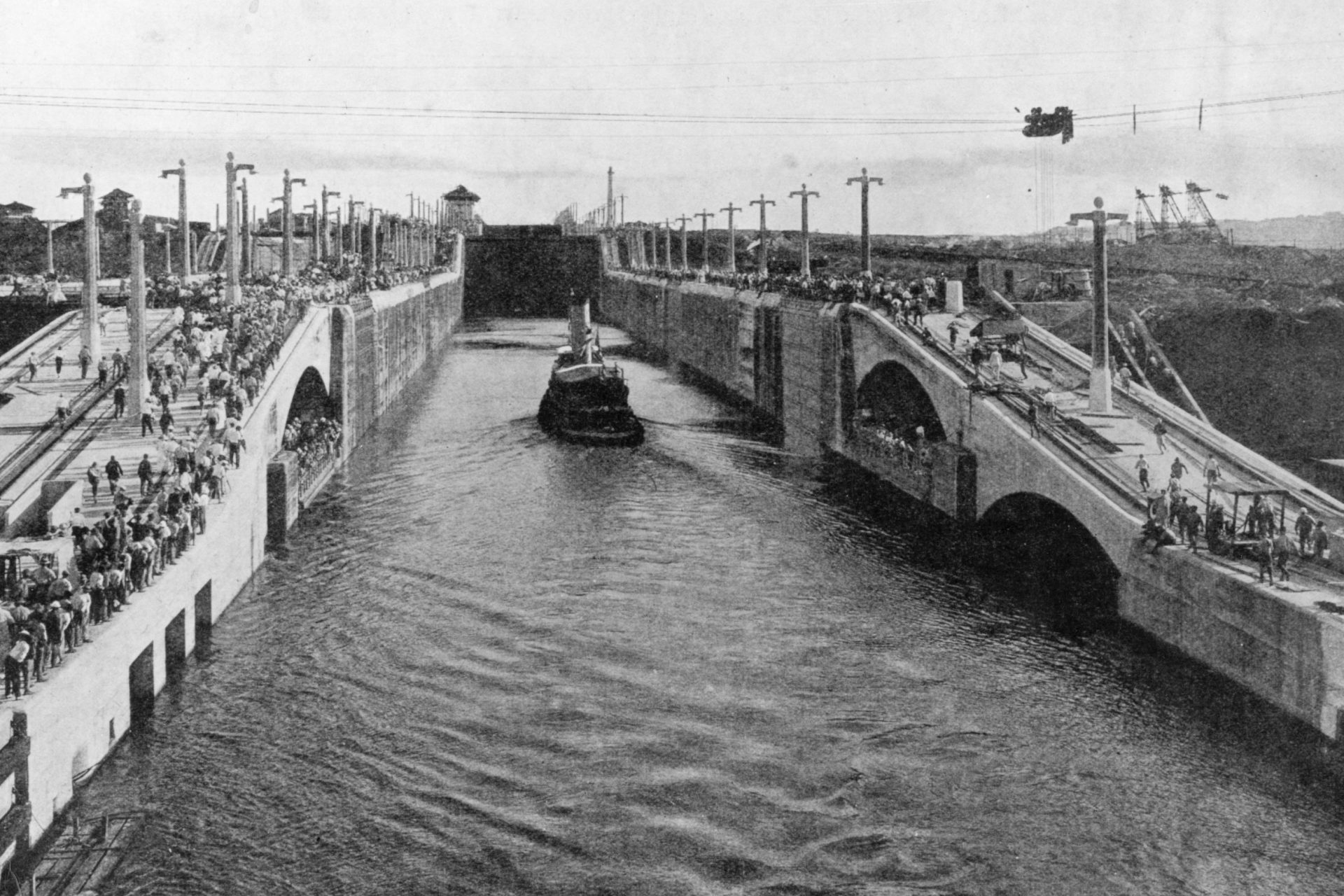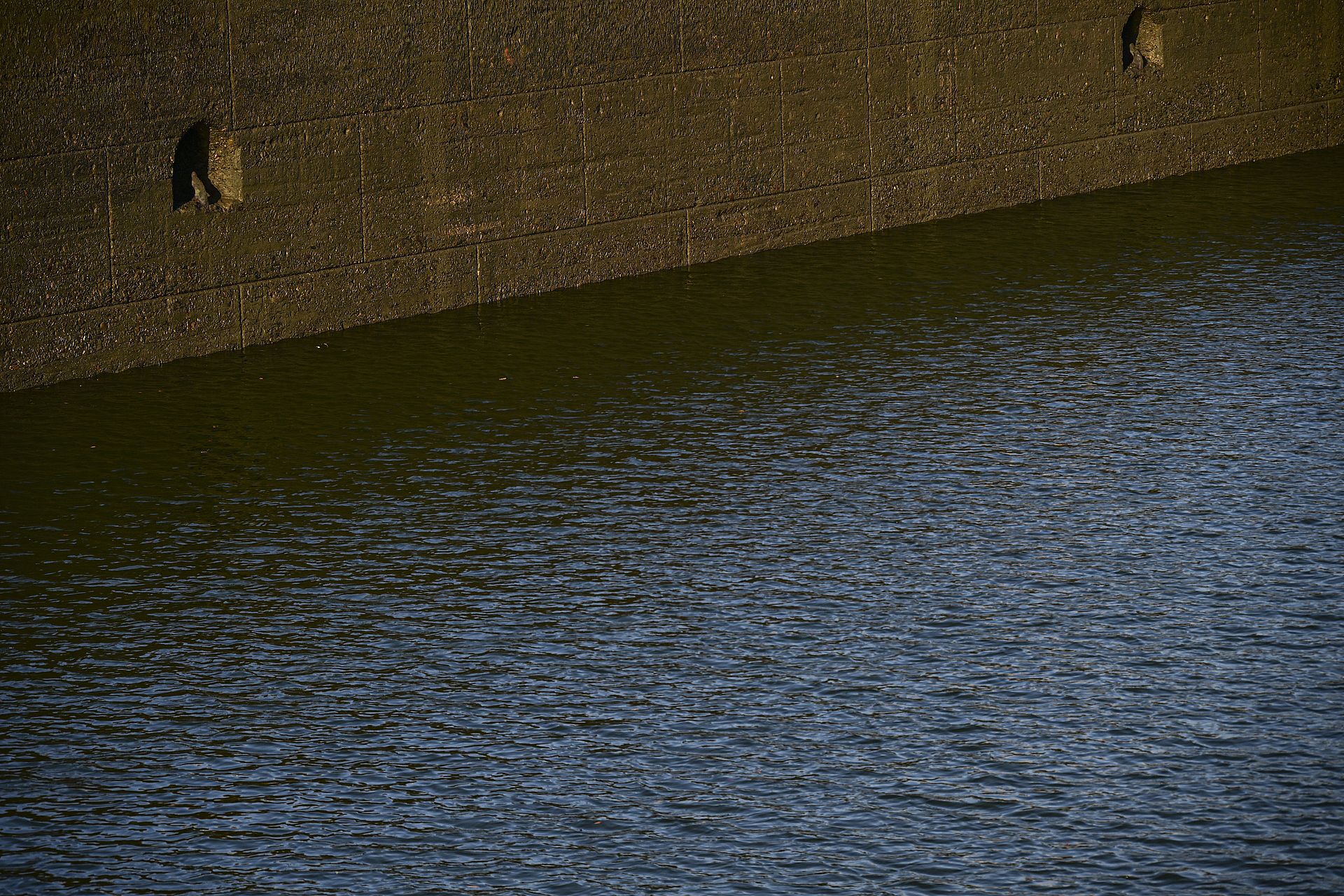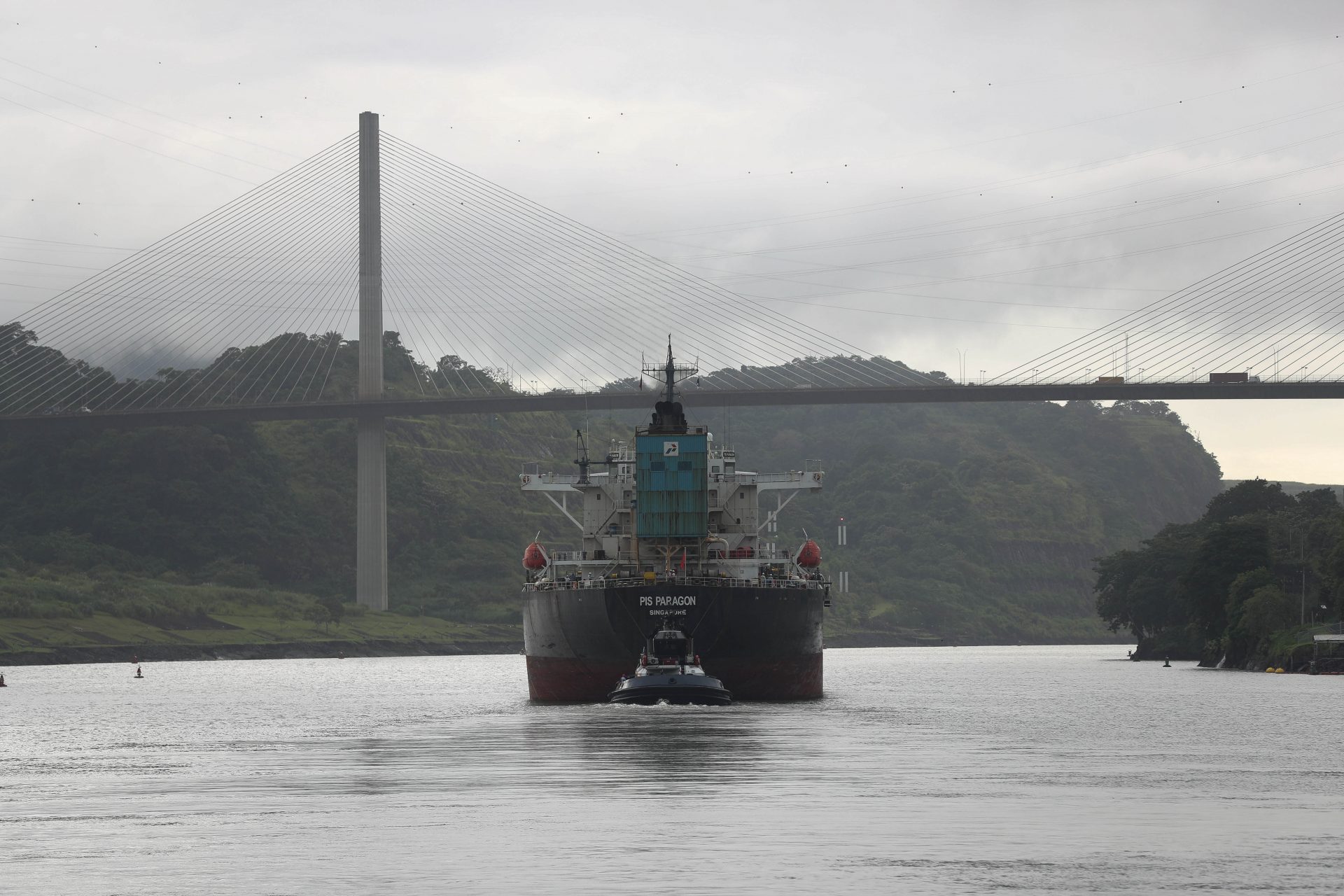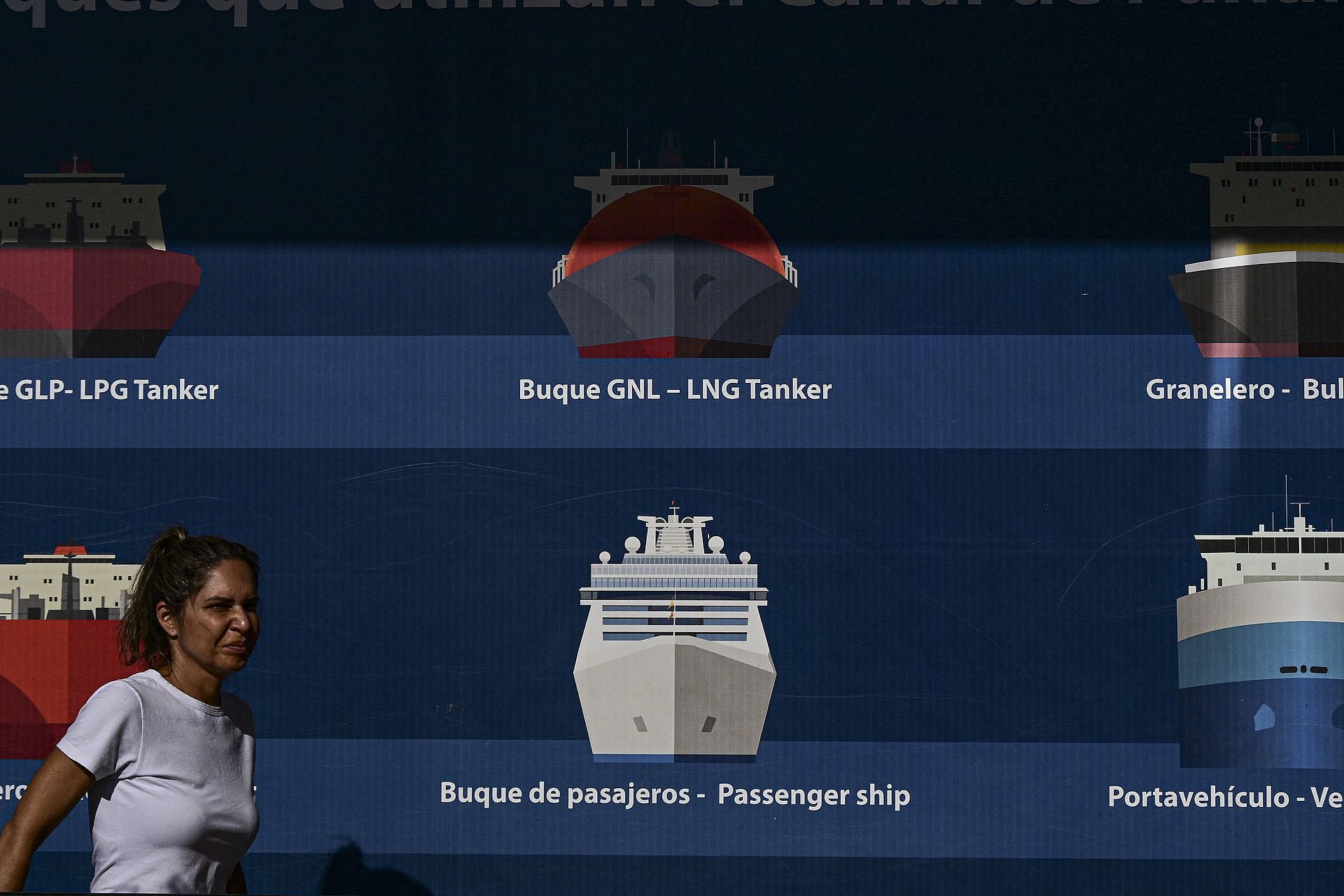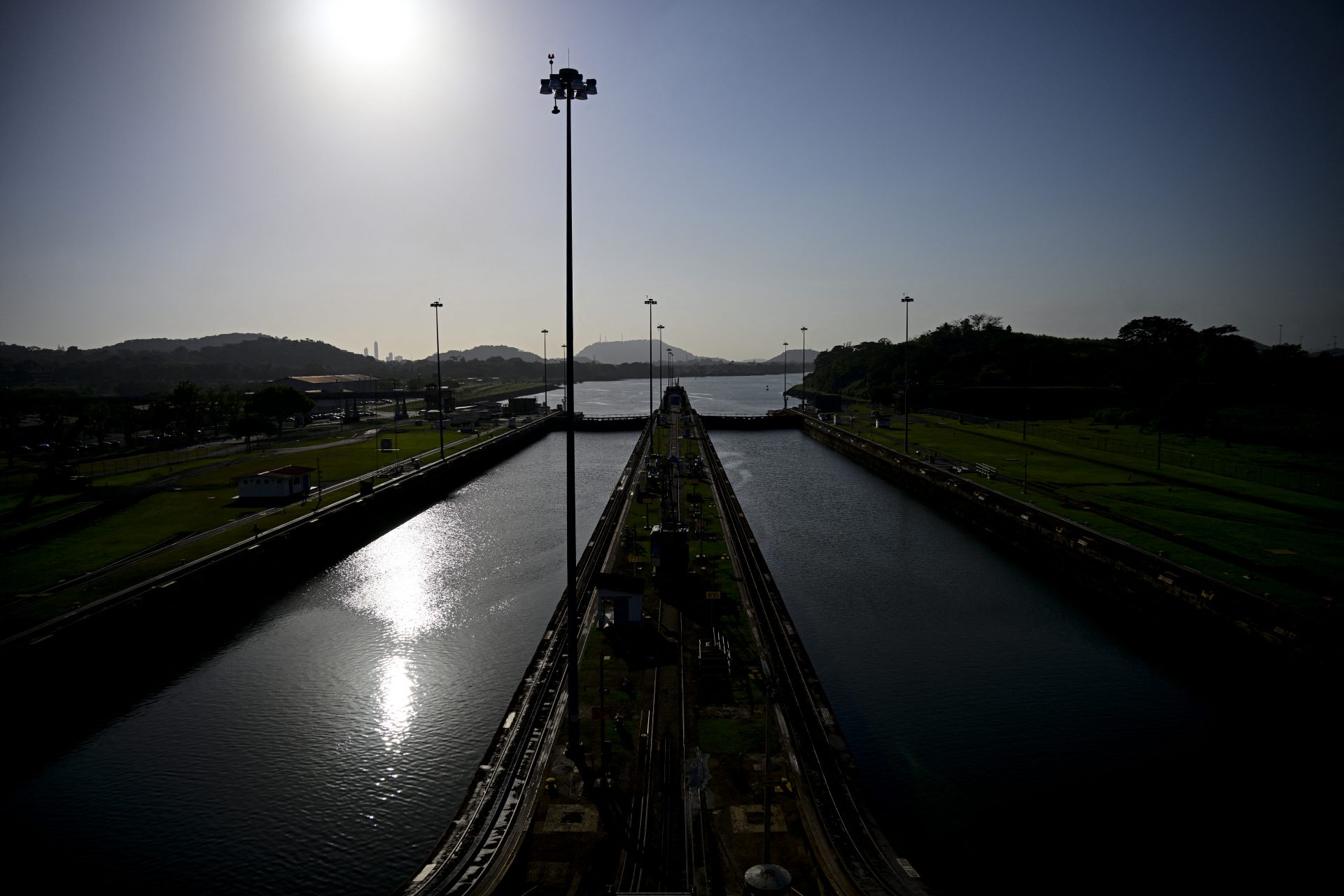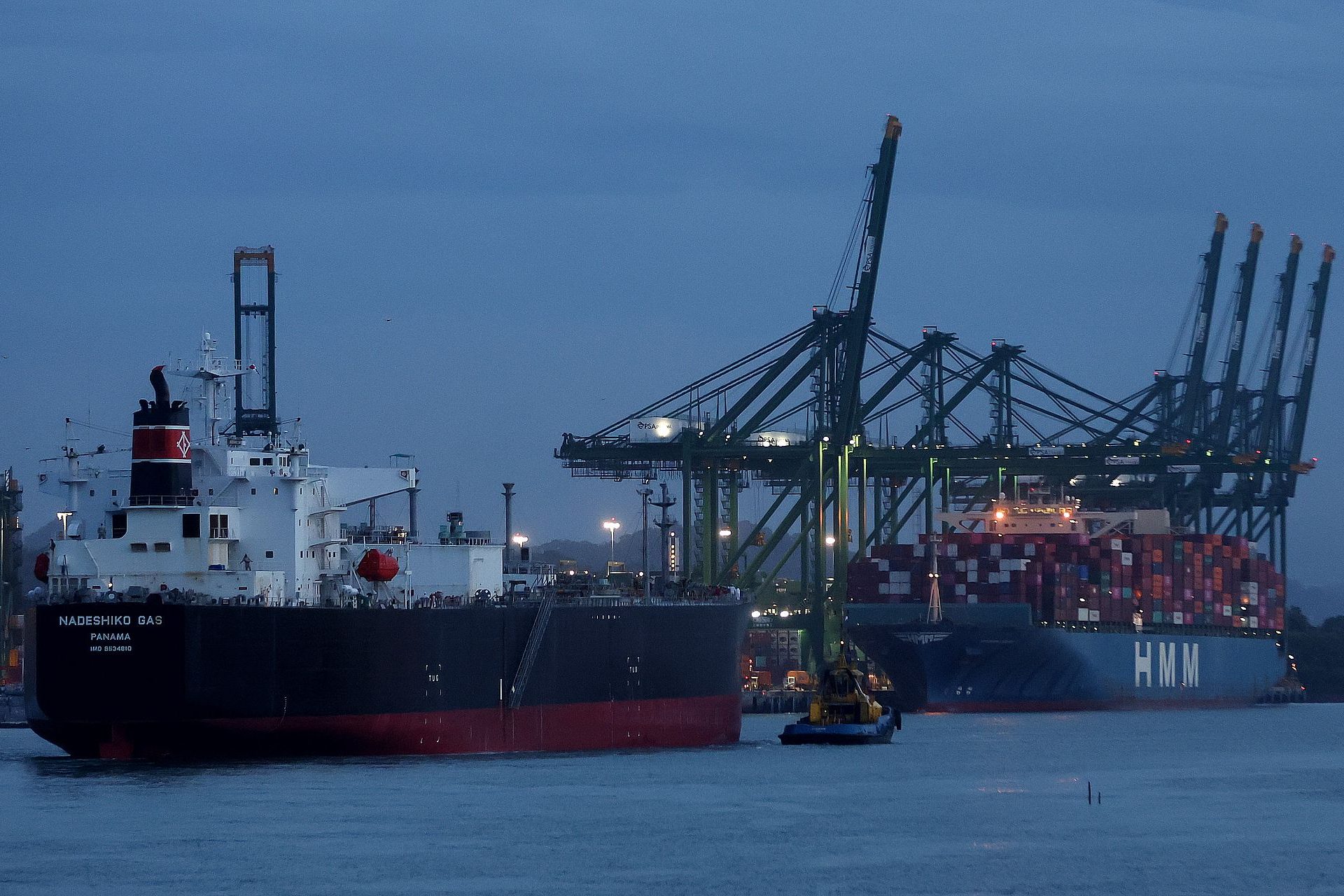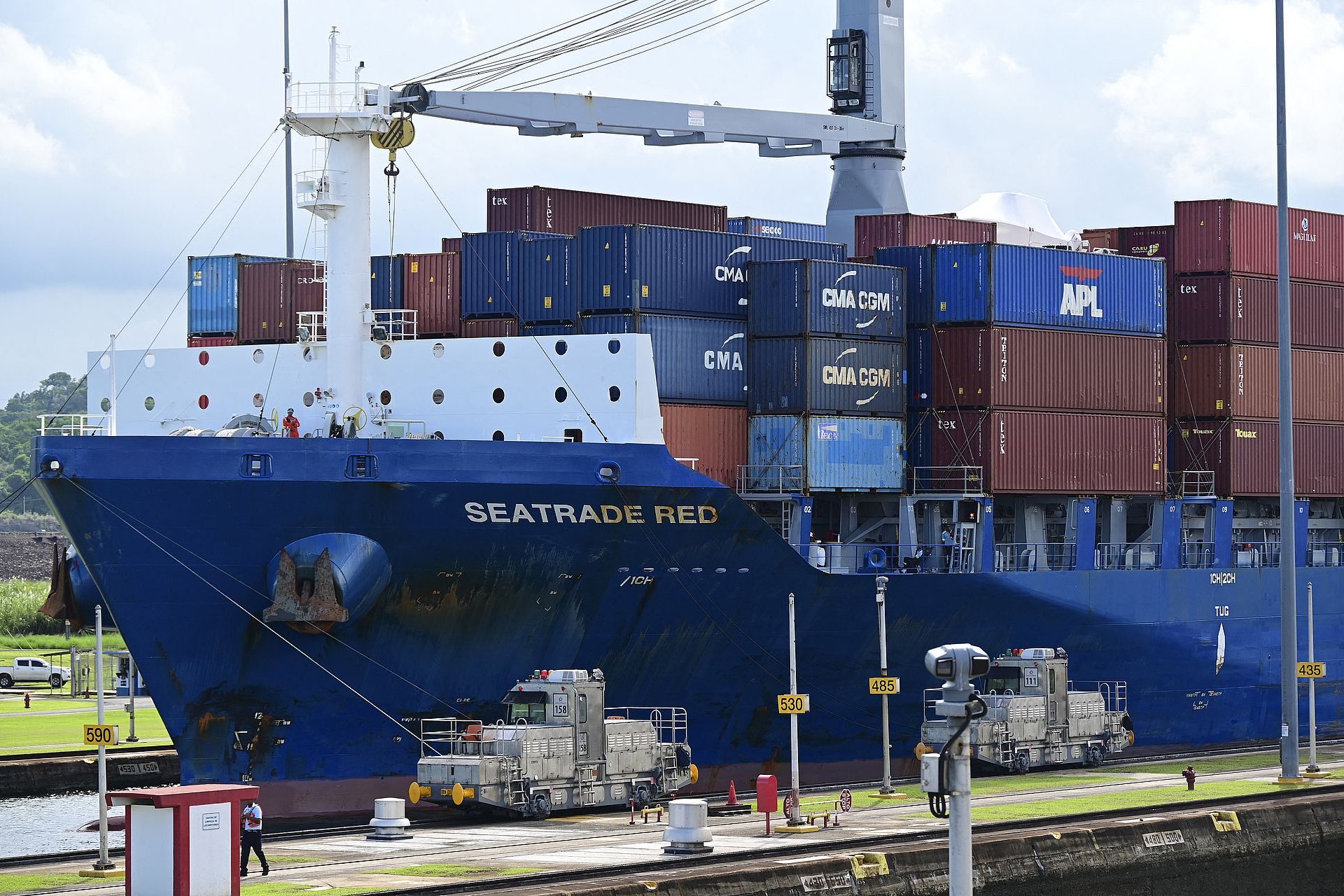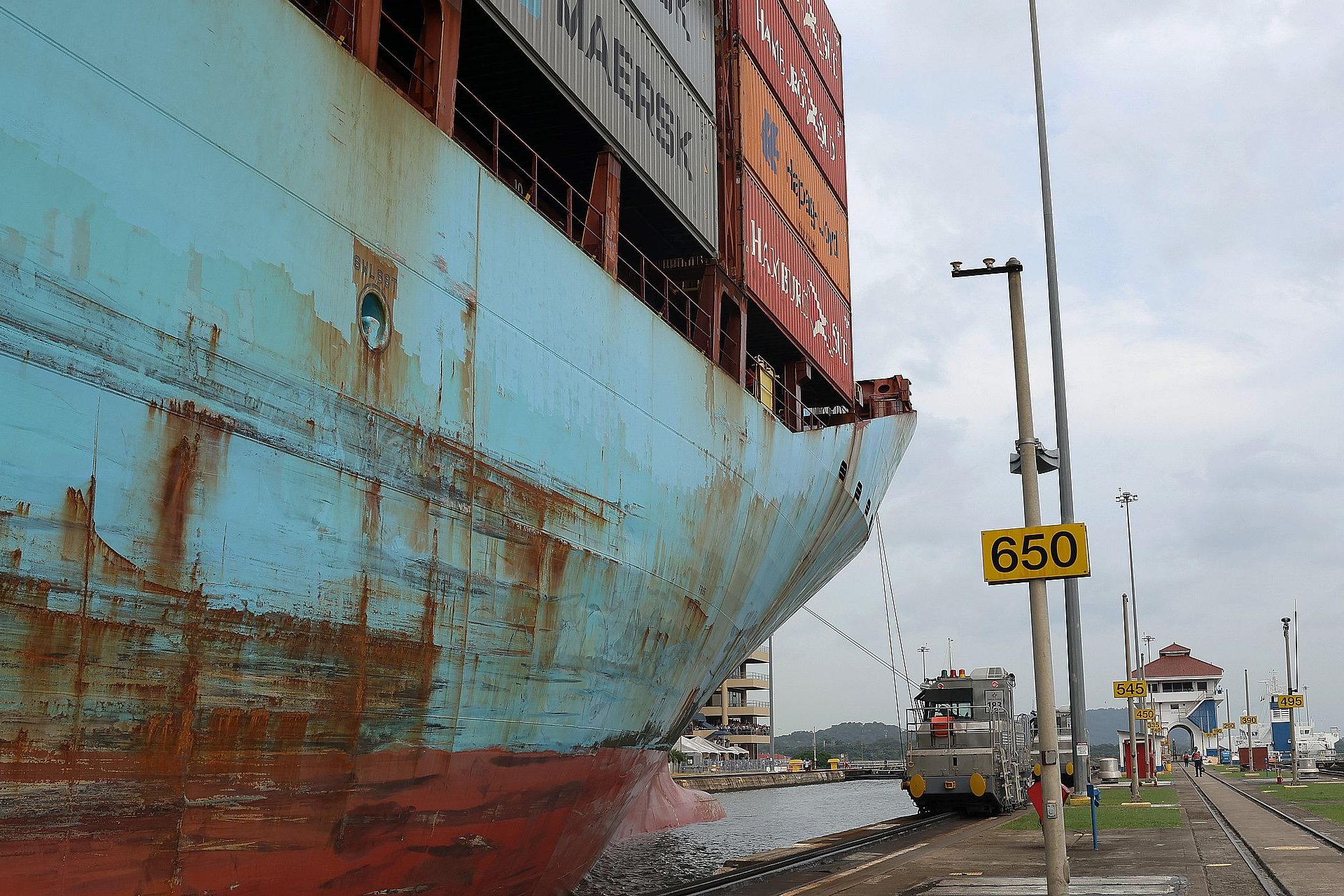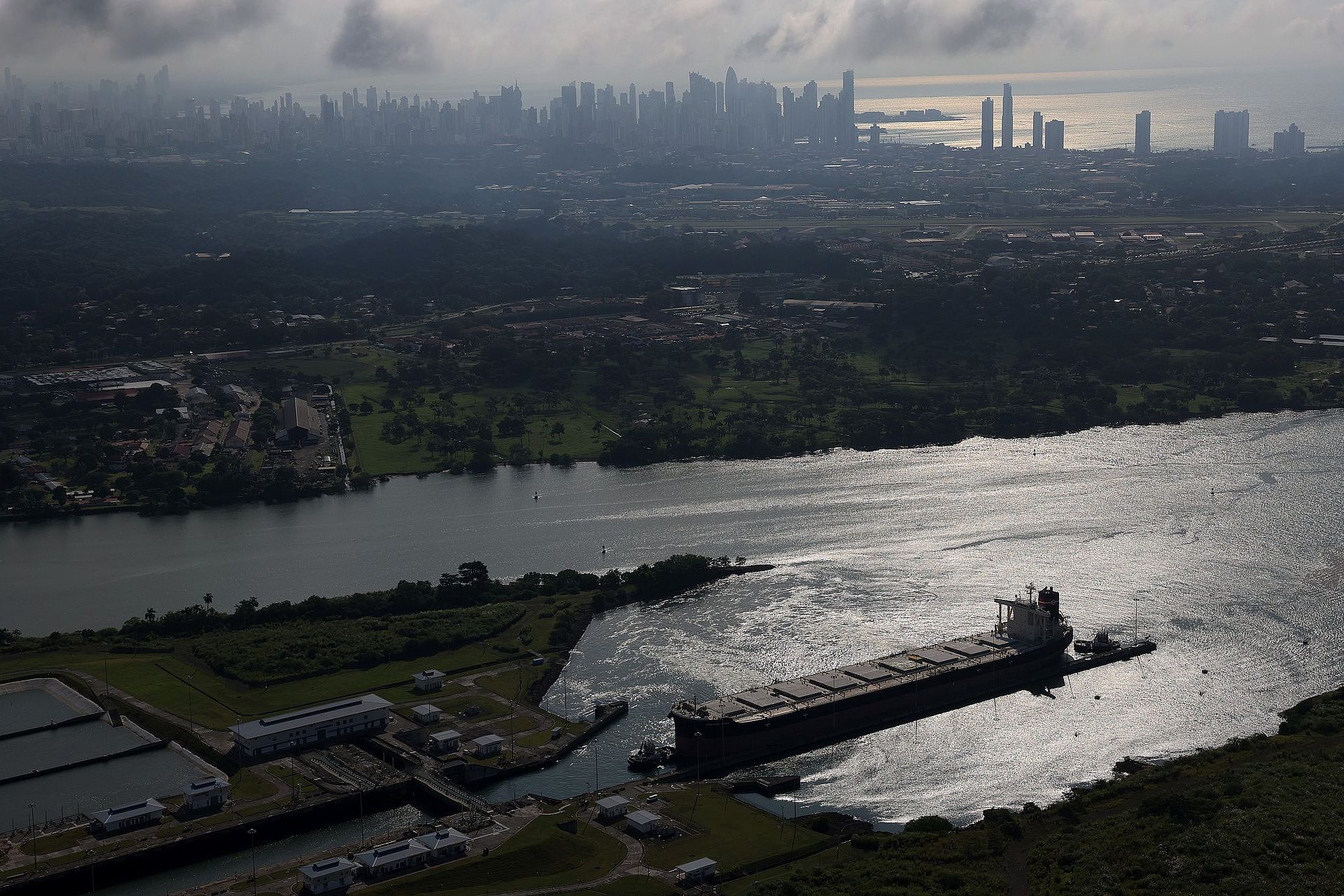The Panama Canal: a strategic point for world trade, weakened by climate change
A century-old artery of world trade, the Panama Canal recently had to reduce the number of boats passing through it due to climatic events.
“As part of a global phenomenon, the canal has experienced over the past six months a prolonged dry season with high levels of evaporation,” the Panama Canal Authority said in July 2023, as cited by Reuters.
The whole of Panama has in fact been hit by a wave of drought since 2023, which reduces the flow of the artificial lake Gatun which supplies the infrastructure, as reported by the French publication Géo.
In July 2023, the number of ships authorized to transit was limited to 32 per day, compared to 35 to 36 that normally pass through the canal during this season, recalls Reuters.
As a result, some boats are forced to take a long detour, for example around Cape Horn. The results in significant consequences on delivery times, the price of goods, but also on greenhouse gas emissions.
These recurring droughts in Central America are linked to climate change which particularly affects tropical regions. In addition to natural ecosystems, global trade is under lasting threat.
Connecting the Atlantic and Pacific oceans, the Panama Canal revolutionized maritime trade and retains strategic importance today, recalls Paul Tourret, director of the Higher Institute of Maritime Economics (ISEMAR), cited by France Culture .
Recalling that boats were previously “forced to pass under the African continent and under the American continent”, the specialist indicates that “the construction of the Suez Canal in 1869 and the Panama Canal in 1914 solved these problems by creating a large circulation at the center of the Earth”, facilitating “maritime transport and the globalization of flows”.
In January 2024, while the Suez Canal was directly targeted by the Houthis, the Panama Canal was hit by the El Niño climatic phenomenon.
El Niño “deprives northern Central America of water. The Panama Canal is seeing its water reservoir drop due to the lack of bad weather. Thus, only around twenty boats can transit per day, which creates considerable queues,” explains Paul Tourret.
The number of container ships passing through this canal fell to 24 per day in January 2024 before rising to 27 at the end of March, compared to a usual daily capacity of 40.
In addition to climate change, the water shortage is partly linked to the work carried out to be able to pass the largest container ships.
“Each passage now requires the equivalent of 76 Olympic freshwater swimming pools”, underlines France Culture, which recalls that “these lakes also supply drinking water to more than four million Panamanians”.
According to UNCTAD, the UN entity in charge of economic development, the number of ships transiting the Panama Canal fell by 49% in January 2024 compared to its peak in December 2021.
Although consumers have been slightly affected at this stage, the Panama Canal retains a significant weight in maritime transport flows, since around 3% of international trade passes through it.
The difficulties of the Panama Canal are not without consequences for the countries on the west coast of the American continent. According to UNCTAD, more than 25% of Ecuador's foreign trade and 22% of that of Peru and Chile depend on this crossing point – a figure that decreases to 12% for the United States.
Geopolitical tensions, climatic phenomena, impact on neighboring countries: in Panama as elsewhere in the world, the canals are weakened as maritime routes. UNCTAD calls for “collective efforts to find lasting solutions”.
More for you
Top Stories



